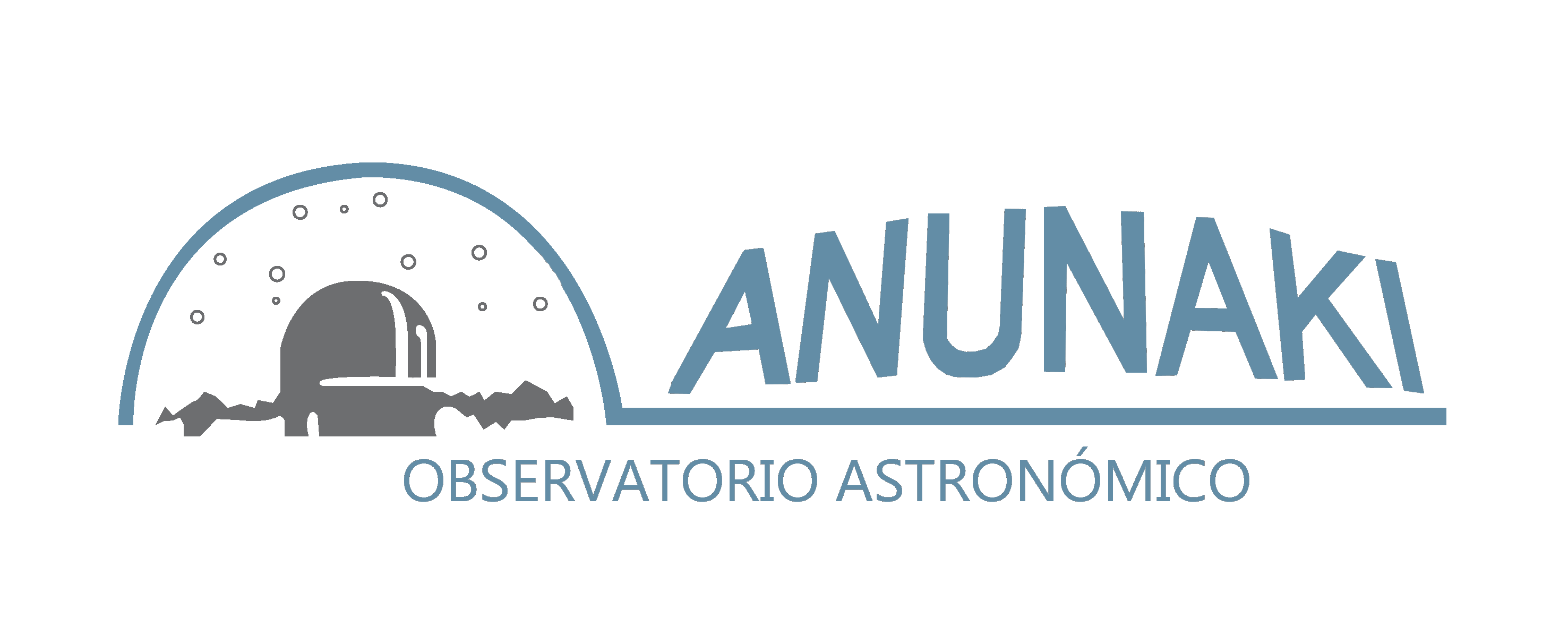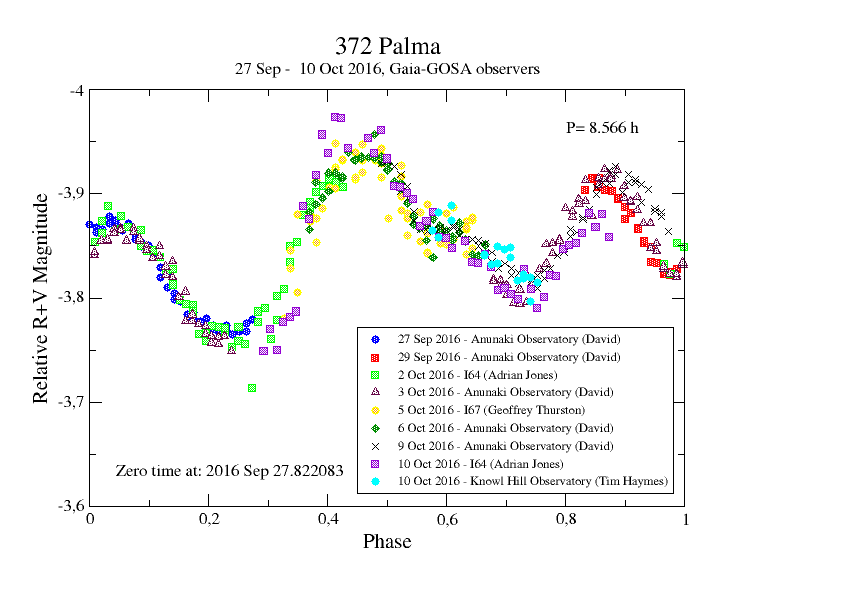Asteroids
morphology and light
There are many asteroids whose light curves cannot be covered during an observation, such as slow rotators, or with periods of more than 12 hours. There are also targets with periods proportional to Earth’s day, so their light curves cannot be covered by observing a single site. There are also targets of special interest, such as binary objects, where a large amount of data is needed. For all the objectives mentioned above, coordination of observers is necessary and also to avoid unnecessary duplication of data collection.
How the photometric light curve of an asteroid allows to infer its morphology?

For this purpose it has been created Gaia-GOSA, a web service that allows coordination between observers, in order to prevent observers from collecting data from the same object at the same time unnecessarily.
You don’t need to be an advanced observer to contribute to the project.
The website prepares the Observation Plan, providing all the necessary information for the telescope. Users do not need to know how to analyze the data, as they only have to upload their observations to the site.
The subscription is free and observers with any level of experience are welcome.
All data collected by users of Gaia-GOSA will be reduced and analyzed by astronomers at the Astronomical Observatory of the Adam Mickiewicz University in Poznan (OA UAM).
The resulting catalogue, which contains all the light curves obtained, will be used to improve the results of gaia’s inversion algorithm (the European Space Agency’s mission).
We recommend that you be part of this beautiful ProAm collaboration project.







